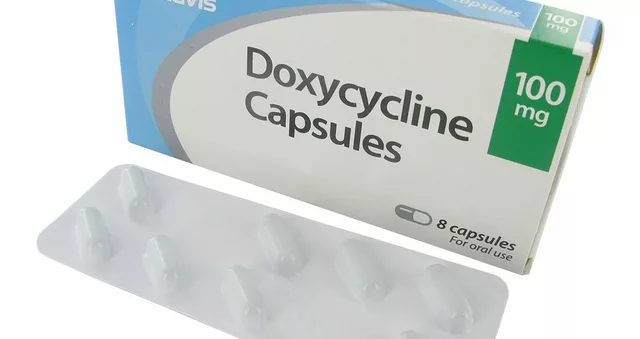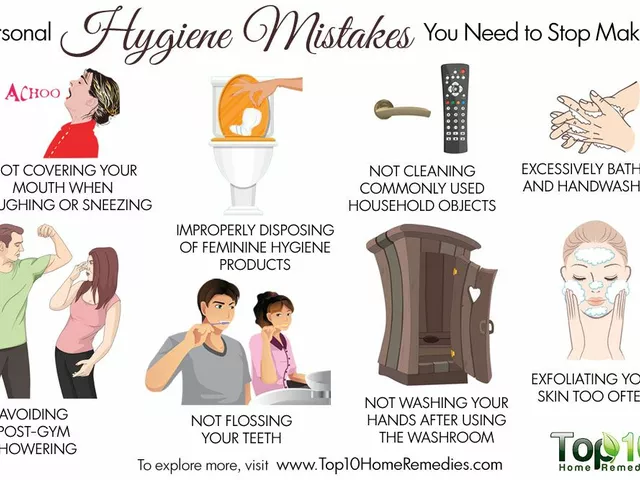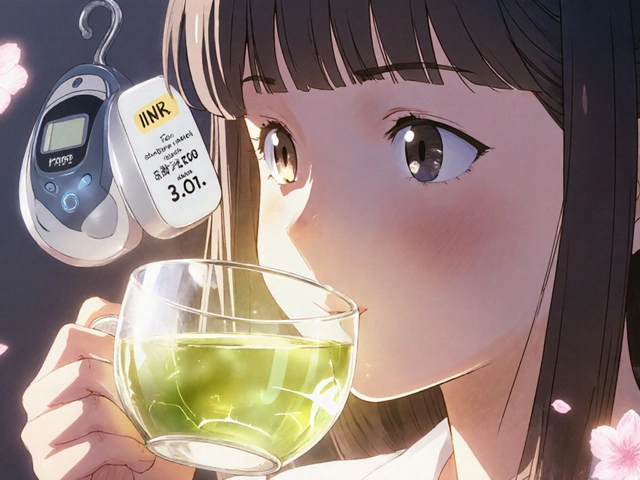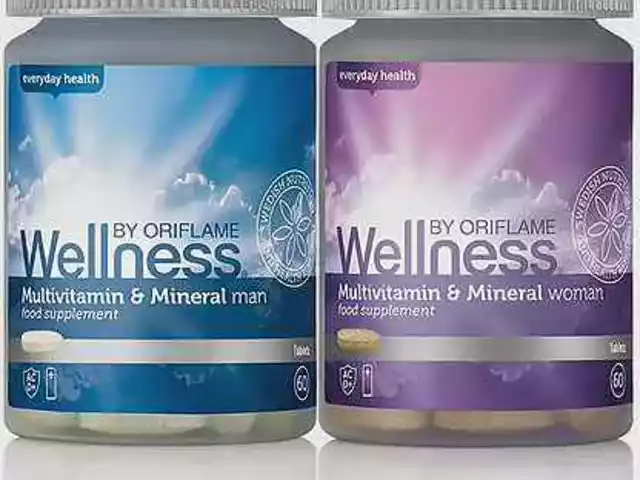Adapalene isn’t just another acne treatment. It’s one of the few over-the-counter retinoids that actually works without burning your skin off - if you pick the right version for your skin type. But here’s the problem: not all adapalene products are the same. Some are creams, some are gels. Some are 0.1%, others are 0.3%. And if you pick the wrong one, you could end up with redness, peeling, and frustration instead of clear skin.
What Adapalene Actually Does
Adapalene is a third-generation retinoid, which means it’s a synthetic cousin of vitamin A. It doesn’t just dry out pimples - it targets the root cause. It unclogs pores by speeding up skin cell turnover, reduces inflammation, and stops new acne from forming under the surface. Unlike older retinoids like tretinoin, adapalene is much gentler. That’s why it’s available without a prescription in most countries, including Australia.
It’s approved for mild to moderate acne, especially blackheads and whiteheads. Studies show that after 12 weeks of daily use, people see up to a 60% reduction in acne lesions. But results depend heavily on how you use it - and which formulation you choose.
Adapalene Cream vs Gel: The Big Difference
The two most common forms you’ll find are cream and gel. They contain the same active ingredient - adapalene - but the base is completely different. That base makes all the difference for your skin.
Cream is thicker, oilier, and more moisturizing. It’s ideal for dry, sensitive, or mature skin. If your skin feels tight after washing, flaky in winter, or reacts to most products, cream is your safest bet. It slows down the absorption of adapalene, which means less irritation. Brands like Differin Gel (now reformulated as cream in some markets) and generic adapalene creams work well here.
Gel is alcohol-based, lightweight, and dries quickly. It’s better for oily, acne-prone, or combination skin. Gels penetrate faster and don’t leave a greasy residue. But they can be drying. If you’re in a humid climate like Adelaide and your T-zone shines by noon, gel might be more comfortable. Just be careful - if your skin gets tight or flaky after using gel, you’re likely overdoing it.
Here’s a quick comparison:
| Feature | Cream | Gel |
|---|---|---|
| Base | Oily, moisturizing | Alcohol-based, lightweight |
| Best for | Dry, sensitive, mature skin | Oily, combination, acne-prone skin |
| Irritation risk | Low to moderate | Moderate to high |
| Absorption speed | Slower | Faster |
| Best time to use | Night, especially in winter | Night, ideal for humid climates |
Concentration Matters: 0.1% vs 0.3%
You’ll see adapalene sold in two strengths: 0.1% and 0.3%. The 0.1% version is the original OTC formula. It’s gentle enough for daily use, even for beginners. Most people start here - and that’s smart.
0.3% is stronger. It’s often prescription-only in other countries, but in Australia, you can find it over the counter in some pharmacies. It works faster and can handle stubborn acne. But it’s not for everyone. If you have sensitive skin, rosacea, or eczema, 0.3% can cause burning, peeling, or even breakouts.
Rule of thumb: Start with 0.1%. Use it for 4-6 weeks. If you’re not seeing improvement, or your acne is deep and cystic, then talk to a dermatologist about switching to 0.3%. Don’t jump straight to the strongest version. That’s how people give up on adapalene before it even works.
How to Match Adapalene to Your Skin Type
Let’s break it down by skin type. This isn’t guesswork - it’s based on how skin behaves in real life.
- Dry skin: Go for 0.1% cream. Avoid alcohol-based products entirely. Use a fragrance-free moisturizer like Cetaphil or Vanicream after applying adapalene. Wait 20 minutes between steps to avoid irritation.
- Oily skin: 0.1% or 0.3% gel works best. Apply to clean, dry skin. Skip heavy moisturizers - use a light, non-comedogenic one like Neutrogena Hydro Boost Water Gel.
- Combination skin: Use gel on your T-zone (forehead, nose, chin) and cream on your cheeks. Or, start with 0.1% gel and monitor how your cheeks react. If they get red or flaky, switch to cream everywhere.
- Sensitive skin: Stick to 0.1% cream. Use it every other night at first. Build up slowly. Avoid physical scrubs, strong cleansers, or other actives like benzoyl peroxide until your skin adjusts.
- Acne-prone but not oily: This is tricky. You might have hormonal acne with dry patches. Try 0.1% cream. It treats acne without stripping your skin. Many women in their 30s and 40s find this works better than anything else.
When to Avoid Adapalene
Adapalene is safe for most people. But it’s not for everyone.
- If you’re pregnant or breastfeeding, skip it. Even though it’s topical, retinoids can cross into the bloodstream. Talk to your doctor about alternatives like azelaic acid.
- If you have active eczema, psoriasis, or severe rosacea, adapalene can make it worse. It’s not an anti-inflammatory like corticosteroids - it’s a cell-turnover accelerator. That’s the opposite of what inflamed skin needs.
- If you’re using other strong acne treatments like isotretinoin, benzoyl peroxide, or salicylic acid in high doses, don’t stack them. You’ll end up with a chemical burn.
How to Use Adapalene Right
Even the best product fails if you use it wrong. Here’s the simple routine that works for 90% of people:
- Cleanse your face with a gentle, non-foaming cleanser. Avoid scrubs or alcohol-based toners.
- Wait 15-20 minutes. Let your skin dry completely. Applying adapalene to damp skin increases irritation.
- Squeeze out a pea-sized amount. That’s enough for your whole face. More doesn’t mean faster results.
- Apply a thin layer. Don’t rub it in like lotion. Gently pat it on.
- Wait 10 minutes, then apply moisturizer. If your skin feels dry, use a thicker cream.
- Use it every night at first. After 2-3 weeks, if your skin tolerates it, keep going. If you get redness or peeling, cut back to every other night.
And always wear sunscreen in the morning. Adapalene makes your skin more sensitive to UV rays. Even on cloudy days in Adelaide, you need SPF 30+.

How Long Until You See Results?
Patience is the real ingredient here. Adapalene doesn’t work overnight. Most people see improvement around week 4-6. Significant changes take 8-12 weeks. That’s longer than most people wait.
Here’s what to expect:
- Weeks 1-2: Possible breakout flare-up. This is normal. Your pores are clearing out old debris.
- Weeks 3-6: Less redness, fewer new pimples. Skin texture starts to smooth.
- Weeks 8-12: Fewer blackheads, clearer skin, less oiliness. This is when most people feel confident enough to stop hiding behind makeup.
If you don’t see any change after 12 weeks, it’s time to see a dermatologist. You might need a different treatment - or a higher concentration.
What to Avoid While Using Adapalene
Some habits sabotage adapalene before it even has a chance.
- Don’t use physical scrubs. Exfoliating with beads or brushes strips your skin barrier. You’ll end up with more irritation than acne.
- Avoid vitamin C serums at night. Vitamin C is great, but use it in the morning. At night, let adapalene do its job without competition.
- Don’t double up on retinoids. If you’re using another retinol product, stop it. You don’t need two.
- Don’t apply it to broken skin. If you have a cut, sunburn, or rash, skip that area.
- Don’t expect miracles in a week. Adapalene isn’t a spot treatment. It’s a long-term repair tool.
Can I use adapalene with niacinamide?
Yes. Niacinamide is one of the few ingredients that actually helps adapalene work better. It reduces redness and strengthens the skin barrier. Use a niacinamide serum in the morning, and adapalene at night. They play well together.
Is adapalene better than benzoyl peroxide?
They work differently. Benzoyl peroxide kills acne bacteria fast but dries out skin. Adapalene prevents acne from forming by unclogging pores. Many people use both - benzoyl peroxide in the morning, adapalene at night. But don’t mix them in the same step. That’s a recipe for irritation.
Can I use adapalene if I have rosacea?
Only under a dermatologist’s guidance. While some people with mild rosacea tolerate adapalene, many find it triggers flushing or burning. Start with 0.1% cream and use it every third night. If your skin feels tight or red, stop. Azelaic acid is often a safer choice for rosacea-prone skin.
Where can I buy adapalene in Australia?
You can find adapalene at any pharmacy - Chemist Warehouse, Priceline, or your local pharmacist. Look for Differin or generic adapalene 0.1% or 0.3%. Prices range from $20 to $40 for a 30g tube. It’s covered by the PBS if prescribed, but OTC versions are affordable without a script.
Will adapalene make my skin worse before it gets better?
It’s common. In the first 2-4 weeks, you might see more breakouts. That’s because adapalene is pushing out clogged pores. It’s not new acne - it’s old debris surfacing. Stick with it. If it lasts longer than a month or causes severe peeling, reduce frequency or switch to cream.
Final Tip: Start Low, Go Slow
The biggest mistake people make is going too hard, too fast. Adapalene isn’t a sprint - it’s a marathon. Choose the gentlest version (0.1% cream) if you’re unsure. Give your skin time to adapt. Use it consistently. Protect it from the sun. And don’t compare your progress to someone else’s Instagram glow-up.
Clear skin doesn’t come from the strongest product. It comes from the right product - used the right way - over time. That’s the secret.






Kat Sal
October 29, 2025 at 19:22
Just started using Differin cream 0.1% last week and my skin’s already less red than it’s been in years. I used to think retinoids were torture devices until I found this. No more flaking, no more burning - just quiet, steady improvement. Seriously, start low and stay consistent. It’s not magic, it’s biology.